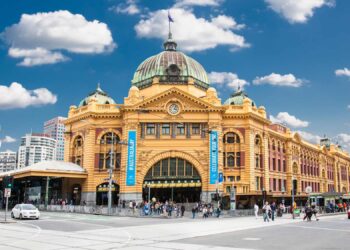The Australian Securities and Investments Commission (ASIC) has released its market integrity rules on dark liquidity and high-frequency trading (HFT), requiring traders to make additional disclosures about where and how they are trading and harmonising trading rules across exchanges.
The changes, which will be introduced in stages over nine months, will require those engaged in dark liquidity trading to publish on a website information about their crossing system from November 2012 and disclose to clients the operation of the system from February 2014 and identify in trade information for wholesale clients the crossing system from May 2014. Trading system providers will also have to monitor and report on suspicious activity within the system from May 2014.
HFT market participants will be required to consider whether a false or misleading market has been created by a trade and also consider the frequency with which orders are placed, the volume of products that are the subject of each order and the extent to which orders made are cancelled or amended relative to the orders executed from February 2014.
They will also be subject to harmonised rules from February 2014, such as those currently apply to the ASX and Chi-X markets, to that prevent manipulative trading.
ASIC Commissioner Cathie Armour said the introduction of the new rules follows internal analysis by two teams within ASIC looking at dark liquidity and HFT as well as consultation with industry.
ASIC stated on its information webpage relating to dark liquidity and HFT that it "did not find any fundamental deterioration of market quality or systematic abuse that threatens the integrity of our market. In fact, we found that the Australian market is generally of high quality and integrity."
It also stated that "public concerns over HFT appear to have been overstated and can be attributed to the increasing use of trading technology by investors generally".
However the regulator stated it would work with industry to remedy issues when they appeared and was investigating possible breaches of rules.
Dark liquidity refers to buy and sell orders that are not visible to the rest of the market, although the trades are published after they take place and are usually carried out away from exchange markets and are accessible only to a subset of the market
High-frequency trades use computer algorithms to generate buy and sell orders on markets and can be entered and amended faster than orders generated by people. High-frequency traders tend to trade on both sides of the market, to profit from incremental price differences, rather than to look for underlying value.
Earlier this year Industry Super Network (ISN) claimed that high frequency trading (HFT) is creating a stock market that caters to speed and not capital allocation and called for it to be banned, however ASIC rejected that call at the time.





